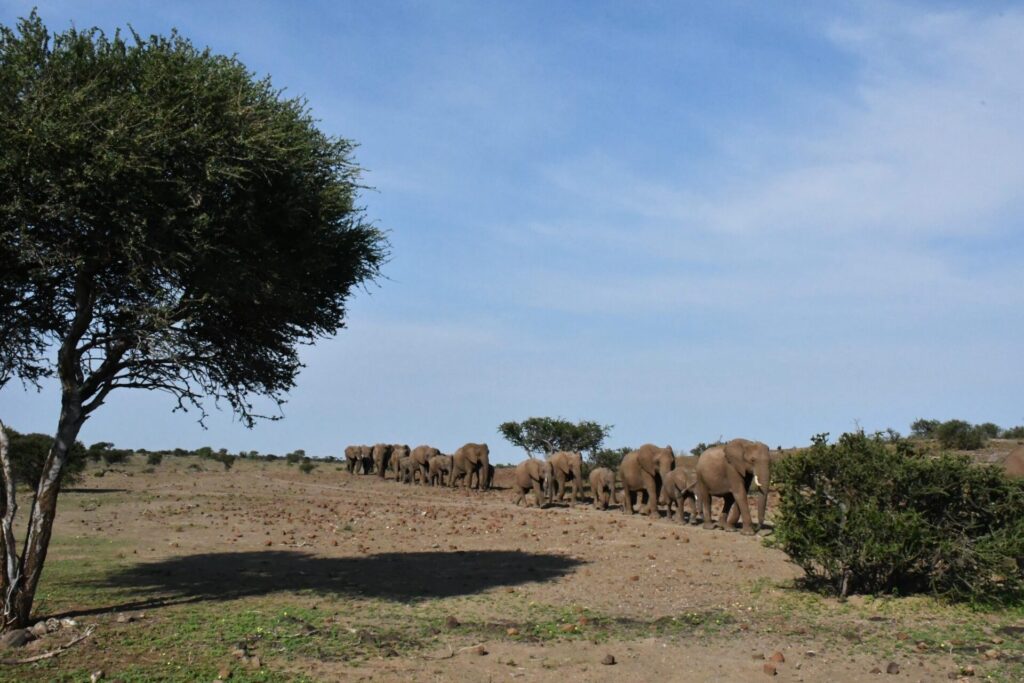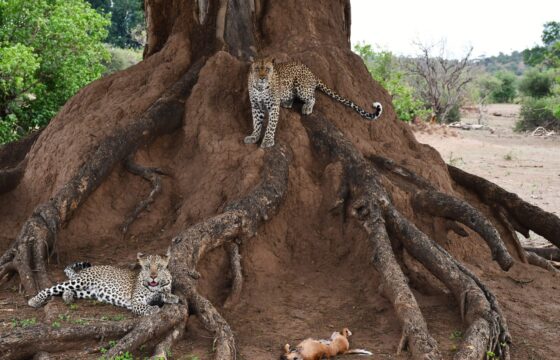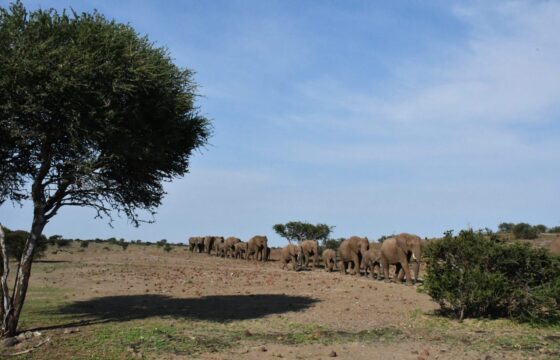Coexistence Challenges between Wildlife and Neighboring Villages
Botswana boasts numerous national parks and wildlife reserves. Some of these areas have fences serving as boundaries between them and the surrounding villages, but there are also areas where such barriers are almost non-existent, often destroyed by elephants, allowing wildlife to roam freely. Moreover, with the impact of global climate change, rainfall in southern Africa has been decreasing year by year, prompting wildlife to move over large areas in search of water and fresh grass.
As a result, wildlife often encroaches into villages, leading to attacks on livestock and even incidents where villagers themselves are harmed. Additionally, the number of elephants in Botswana has been increasing annually, with statistics showing 131,900 elephants as of 2022.
To minimize the damage to villagers, the Botswana government has planned to donate 8,000 elephants to the Republic of Angola. In early February 2024, discussions were held between the governments of Angola and Botswana, and the project was officially approved for implementation.
Concerns of Their Return

However, it turns out that a similar measure was attempted in the past, with the elephants eventually returning to Botswana along the same route they had taken to Angola. While Angola may generally be considered a lush and comfortable place compared to Botswana, it seems something was amiss for the elephants.
Against this backdrop, it was striking to see the Tourism Minister attach the condition, “Even if the elephants return to Botswana of their own accord, it is not our responsibility,” when making this decision. Ultimately, it highlights that humans cannot control the will of wildlife.
Let’s hope this time around, the elephants can settle into a comfortable life in lush Angola.



